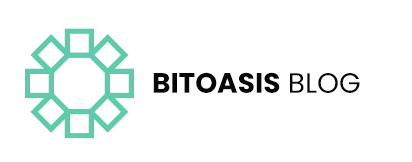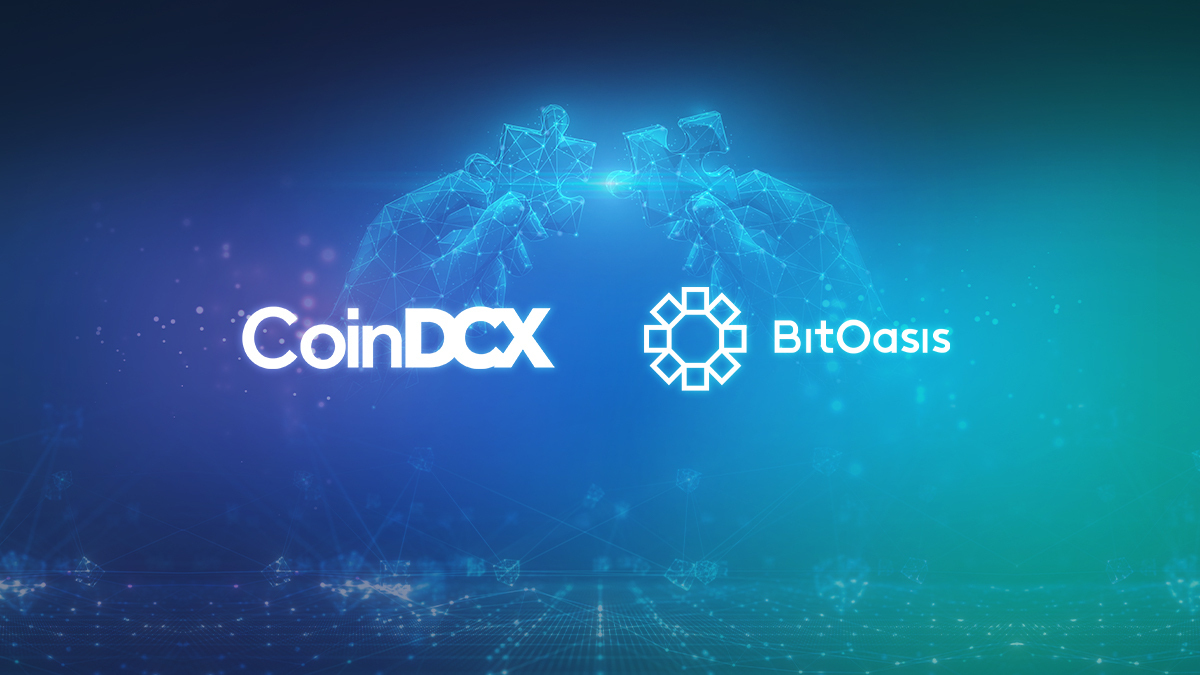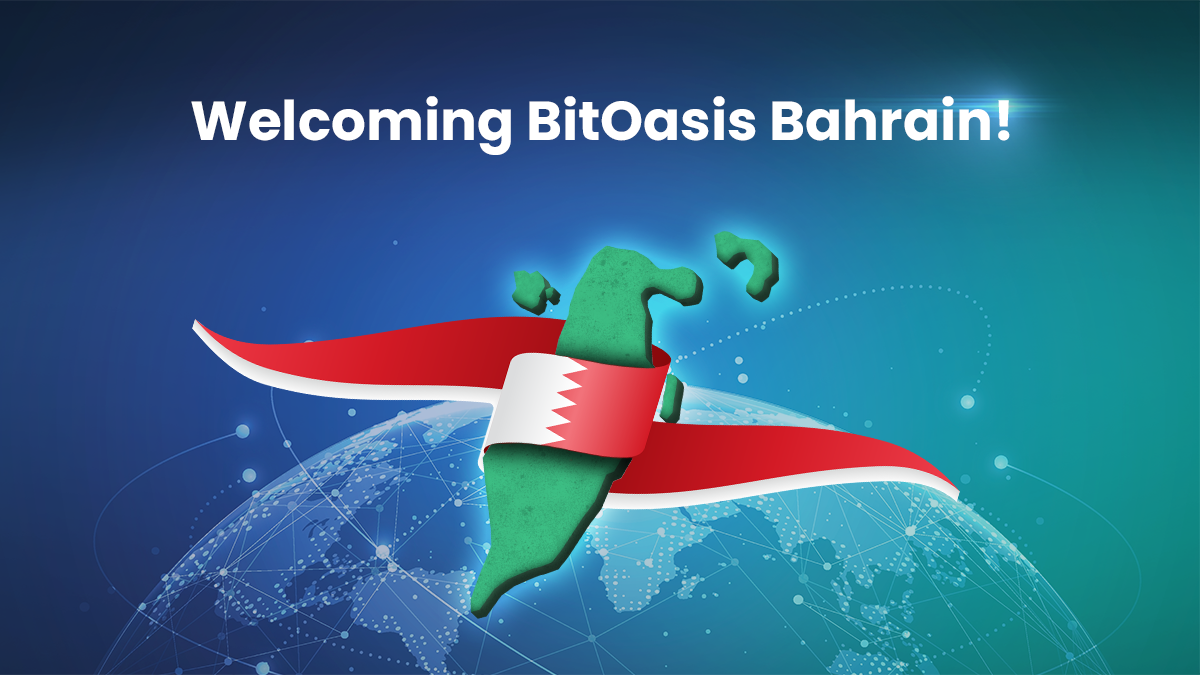You must have heard the term Web3, or Web 3, or Web 3.0, hundreds of times last year, whether when reading news about the investments made by different companies, or hearing talks about the various applications of cryptocurrencies and blockchain technology.
But this term is often used generically without a clear definition of what it means. The term “Web3” started with Gavin Wood, co-founder of Ethereum, who proposed the idea to describe the change that can be achieved through blockchain technology. Web3 is introduced as a third stage that would solve the problems of the previous two stages.
- Web 1.0: That’s the stage that extends from the beginnings of the web to the emergence of social media, in the period between 1990 and 2004. This period was characterized by one-way communications via the web, where large and central institutions create content. Users are limited to receiving content, which is why the communication model at this stage is described as “read-only”.
- Web 2.0: This stage began with the emergence and widespread of social media, in the period from 2004 until now. As users moved from consuming content to creating and publishing their own content, users still don’t own their content, but it’s rather controlled by several Major companies/networks. These entities can remove users’ content or accounts and control their visibility while being unable to protect users’ ownership of their content. The communication model at this stage is described as “Read-Write”
- Web 3.0: At this stage, content publishing and consumption relies on blockchain technology and relevant innovations such as smart contracts, non-fungible tokens (NFTs), and of course, cryptocurrencies, which is why the communication model at this stage is described as “Read-Write-Own”.
The Better internet
Supporters of Web3 promise that this stage will improve the nature of the Internet as we use it today, by adopting decentralization and giving the power back to the users instead of the few companies that control most of the data and platforms we use for publishing and consuming content. According to the Ethereum Foundation description of Web3, this is to be achieved through several characteristics and components:
- Decentralized ownership and power: Instead of a few companies controlling the Internet and owning its most popular services, blockchain technology provides solutions that allow the distribution of ownership and power to users and developers.
- Everyone is welcome: Everyone has the right to use Web3, without excluding anyone and without the need for anyone to reveal their identity or any of their personal information in order to participate.
- Internal payments structure: Web3 services relies on payments provided through cryptocurrencies that are an integral part of the same blockchain networks on which these services are operated. There is no need for the participation of third-party intermediaries to facilitate these payments.
- Trust is obsolete: For traditional web services, our usage is centered around our trust in the entities that run them, which is obsolete with Web3. We don’t need a trusted intermediary to communicate with each other, as Web3 networks depend on financial incentives and self-executing economic mechanisms.
Companies’ and individuals’ interest in blockchain- and Web3-based solutions is on the rise every day. And despite the frequent stumbles of cryptocurrencies as investment assets, their hardships don’t seem to push back investments in its sister technology, as the volume of investments in Web3 companies has amounted to $7.1 billion in 2022, an increase of $4.5 billion over 2021, despite the drop of most cryptocurrencies’ value by more than 50% during the same year.
The term Web3 is still a loose term, and it is often linked to any blockchain-based service or product, without necessarily fulfilling the conditions provided by the Ethereum Foundation. However, the popularity of the term indicates a great desire to find an alternative to the current structure of the internet, which is very likely to be found with Web3 and the overall blockchain technology.



